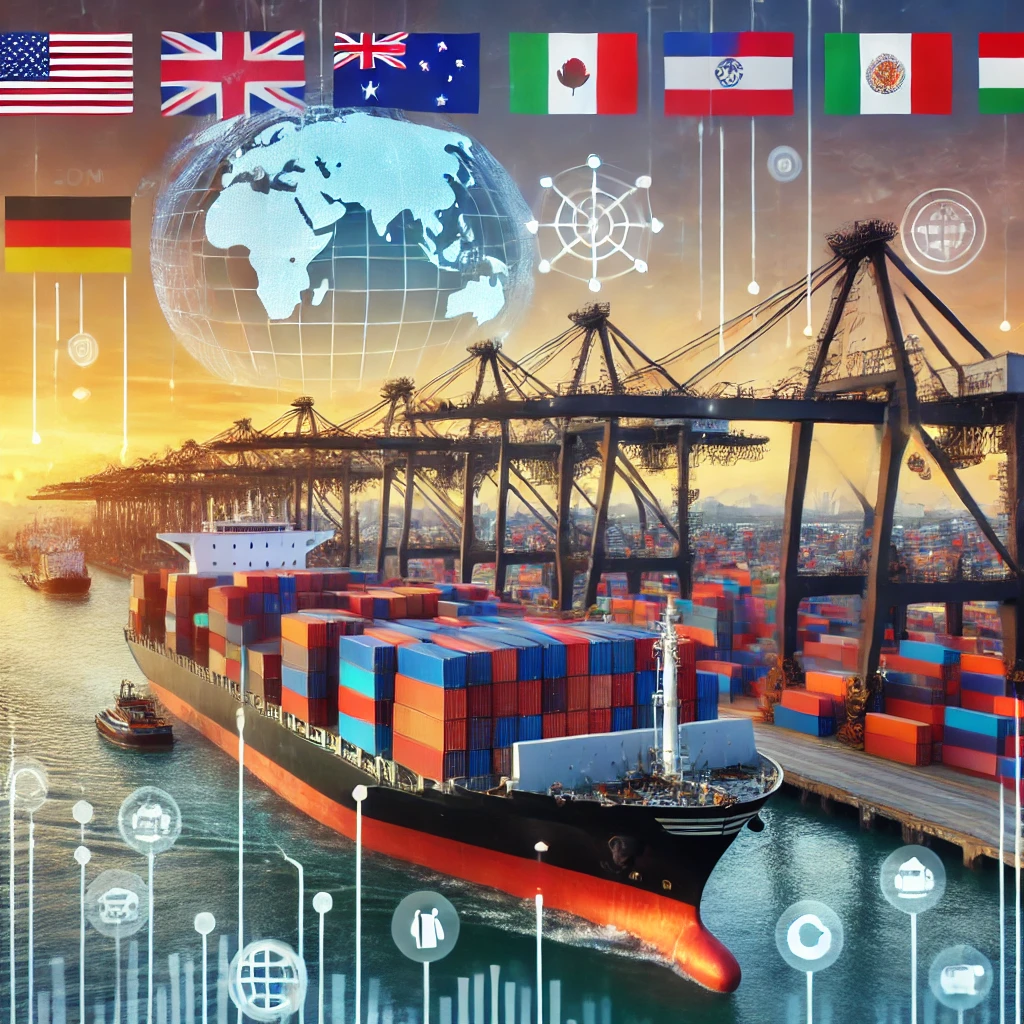Worker Demands Behind the Largest Port Strike in 50 Years
As one of the most significant labor strikes in recent history unfolds, the demands of dockworkers are under the spotlight. With massive wage disparities and concerns over automation, the ripple effects are set to disrupt commerce across the nation.

The ongoing port strike on the East and Gulf Coasts, the first of its kind in 50 years, has 45,000 International Longshoremen’s Association (ILA) workers stepping away from their posts. This action affects 36 ports, halting the flow of goods like automobiles, electronics, and essential food products. But what exactly is driving this unprecedented strike?
At the heart of the dispute are the ILA’s demands for substantial wage increases and a halt to automation. As contracts expired, the union sought a 77% wage increase over the next six years. They argue that this is necessary to account for inflation and stagnant wages in the face of the record profits earned by the shipping companies represented by the United States Maritime Alliance (USMX). From 2020 to 2023, USMX’s shipping companies reported profits exceeding $400 billion, while wages for dockworkers lagged behind, struggling to keep pace with the rising cost of living.
The USMX responded with a counteroffer of a 50% wage increase over the same period—far short of the union’s ask. However, wages are only part of the story. A critical demand from the ILA is the ban on automation at the docks. Dockworkers fear that increased automation would lead to significant job losses, jeopardizing the livelihood of thousands of families. The USMX has only proposed maintaining current automation limits, a stance that the ILA rejects outright.
The consequences of the strike extend beyond the immediate disruption of goods. The U.S. economy could lose between $3.8 billion and $4.5 billion each day the strike continues, with major companies like Walmart feeling the impact despite having stockpiled goods in preparation for the strike. Smaller businesses, however, will suffer more quickly as they struggle to find alternative supply chain routes.
While some goods, particularly on the West Coast, will continue to flow into the U.S., critical supply chain components imported via East and Gulf Coast ports remain stalled. The strike’s duration is unknown, but the longer it lasts, the greater the risk to both the holiday shopping season and long-term economic stability.
The ILA’s demands for wage increases and job security in the face of automation symbolize a broader struggle between labor and the unprecedented profits enjoyed by the companies they serve. With no immediate resolution in sight, the stakes are only growing larger.
Additional Reading